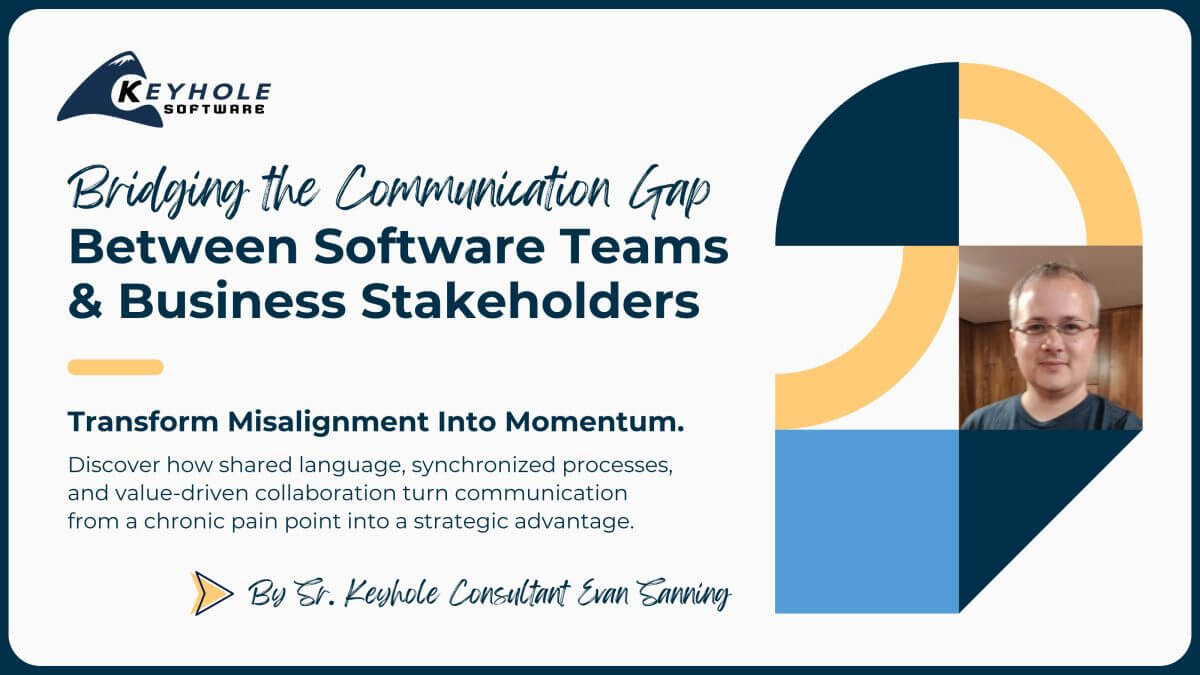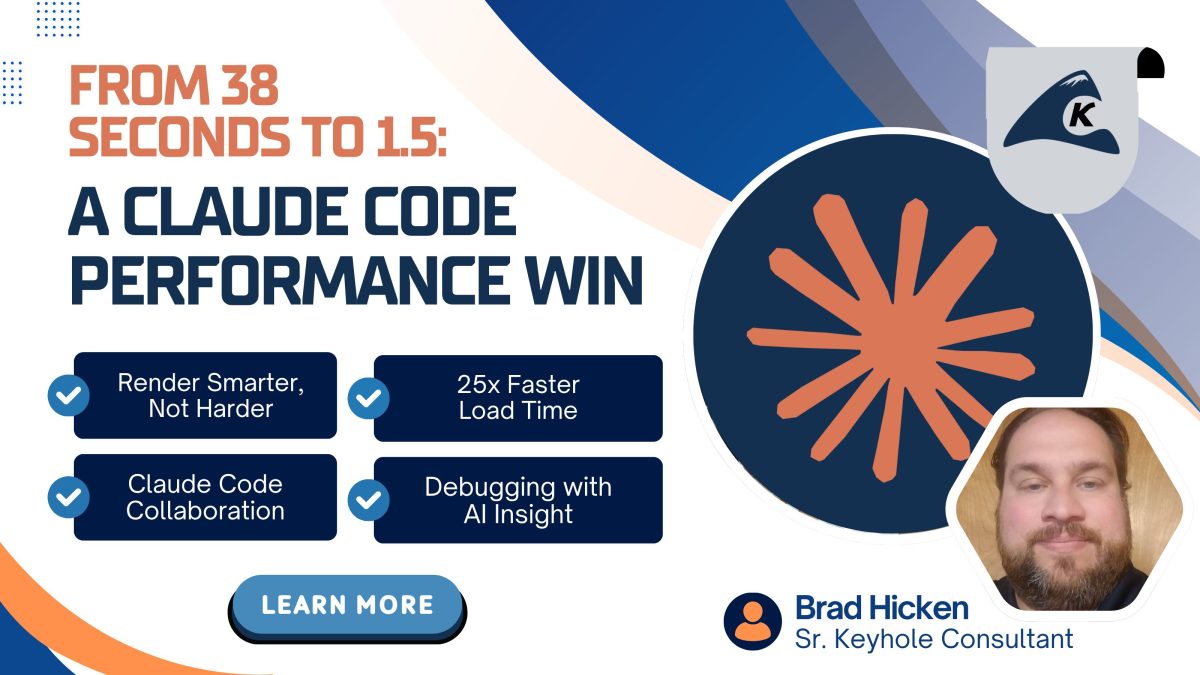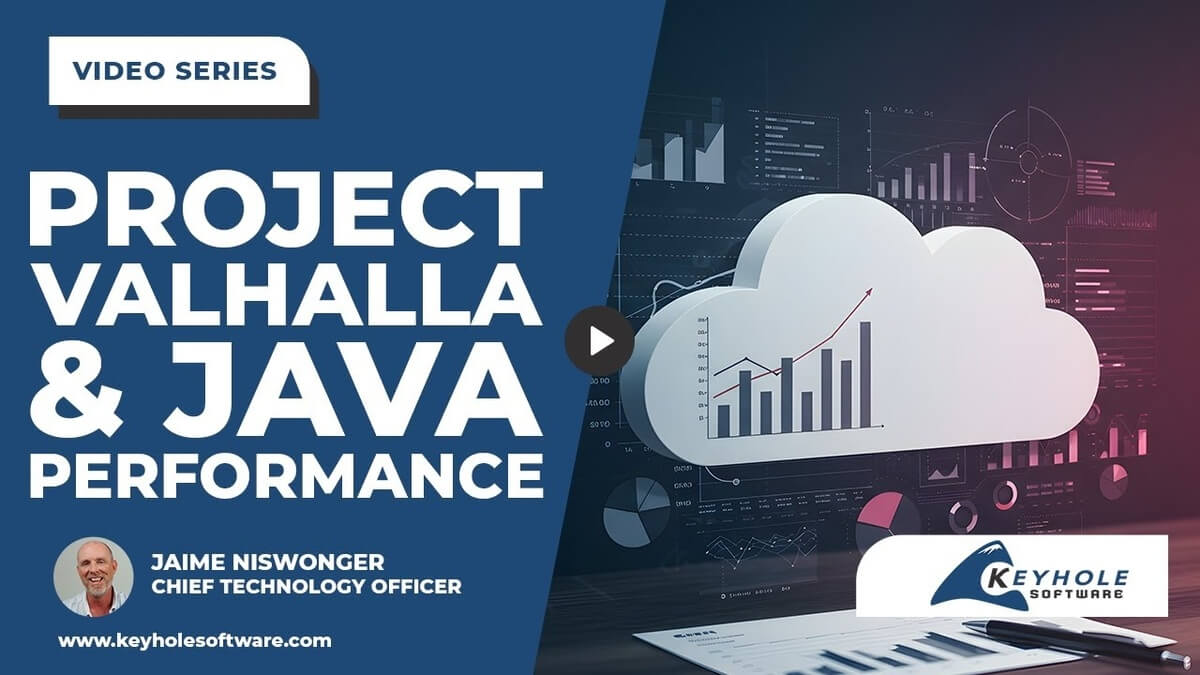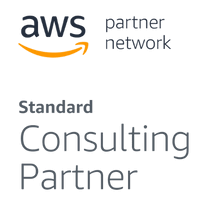Today on Generative AI in the Enterprise, Zach is joined by Tapan Bhatt, the Founder and CEO of TeraCrunch. Tapan built his career helping various small companies and startups harness the power of data science to grow exponentially. 11 years ago, he decided to use his expertise to found TeraCrunch, a company that creates custom GenAI (LLM) and ML solutions to businesses across industries. Zach and Tapan dive into some of the most interesting Generative AI use cases TeraCrunch has tackled including a solution that improved care for cancer patients. Join us to hear more instances where GenAI is making an impact in real-time.
View This Episode On:
- YouTube: https://youtu.be/veV2-ktXdWw
- Apple Podcasts: https://podcasts.apple.com/us/podcast/tapan-bhatt-founder-ceo-of-teracrunch/id1730289289?i=1000648905451
- Spotify: https://open.spotify.com/episode/7l2B83dhXOeTGr0zFu6M8m?si=5a248156462c4018
- … or wherever you get your podcasts!
About Guest Tapan Bhatt:
Tapan possesses over 24 yrs of Global experience in Enterprise technology focused on Introducing & Launching various B2B and B2C Data Analytics products. Currently, he is the Founder and CEO of TeraCrunch, a company that builds custom LLM and ML solutions that empower companies across industries to implement AI solutions aligned with their goals.
- TeraCrunch: https://www.teracrunch.com/
- Tapan on LinkedIn: https://www.linkedin.com/in/tapan-bhatt-3977024/
About The Generative AI In The Enterprise Series:
Welcome to Keyhole Software’s first-ever Podcast Series, Generative AI in the Enterprise. Chief Architect, Zach Gardner, talks with industry leaders, founders, tech evangelists, and GenAI specialists to find out how they utilize Generative AI in their businesses.
And we’re not talking about the surface-level stuff! We dive into how these bleeding-edge revolutionists use GenAI to increase revenue and decrease operational costs. You’ll learn how they have woven GenAI into the very fabric of their business to push themselves to new limits, beating out competition and exceeding expectations.
See All EpisodesPartial Generative AI In The Enterprise Episode Transcript
Note: this transcript section was created using generative AI tools like YouTube automated transcripts and ChatGPT. There may be typos, slight content changes, or character limits for brevity!
Zach Gardner: Ladies and gentlemen, welcome to the Future. My name is Zach Gardner, and I’m the Chief Architect at Keyhole Software. A few months ago, I set out on a journey to learn more about generative AI. Not just from those with opinions, but from those who have been working in AI and machine learning for years. The good news is, I found many of these experts, some surprisingly located near me in Kansas City. Today, I’m excited to welcome Tapan Bhatt, the founder and CEO of Terra Crunch. Tapan, thank you for joining us today.
Tapan Bhatt: Thank you for having me, Zach. I appreciate it.
Zach Gardner: Just a quick disclaimer before we dive in: All views and opinions expressed in this program are those of the participants and do not reflect any trade organizations or their employers. Now, onto the fun stuff. Tapan, can you start by sharing your career path? How did you get started in technology, and what was the genesis for your company, Terra Crunch?
Tapan Bhatt: Sure. After finishing my master’s degree, I joined Corporate America but quickly realized it wasn’t for me long-term. So, I joined a company in the Bay Area about 22 years ago that was doing innovative work with data. I fell in love with the energy of a small company and the impact one could make. I went through several startups—two on the East Coast, two on the West Coast. After those experiences, I decided to start Terra Crunch about 11 years ago. Throughout all these ventures, leveraging data in meaningful ways was a common theme. That exposure to data science and statistical engineering led me to form Terra Crunch, where we focus on AI and machine learning solutions. Over the past decade, we’ve built over 150 AI solutions, providing significant ROI for our clients.
Zach Gardner: Data’s power is definitely undervalued, and if done right, the ROI is absolutely there. I noticed on your website some interesting case studies, particularly in healthcare, which I care a lot about. Can you share any compelling AI or machine learning case studies from your time at Terra Crunch?
Tapan Bhatt: Absolutely. One close to my heart involves using wearable devices for cancer patients in stages three and four. We connected with EMR systems to get patient data, used generative AI to read doctors’ clinical notes, and combined that with data from wearable devices. Our algorithm predicts when a patient might need an intervention before it becomes critical. This proactive approach allows physicians to intervene earlier, potentially saving lives. Generative AI made it easier to handle natural language data and extract valuable insights, enhancing the overall solution.
Zach Gardner: That’s incredible. AI, especially in healthcare, can optimize clinicians’ time and focus on patients with the most acute needs. Beyond healthcare, what are some other interesting use cases you’ve encountered?
Tapan Bhatt: Customer service chatbots are a great example. AI-driven chatbots provide personalized information to customers quickly, significantly improving customer satisfaction and reducing wait times. We’ve seen satisfaction scores increase from 12% to 40% after deploying such solutions. These chatbots also save companies time and resources, allowing them to focus on other areas. Additionally, machine learning can offer insights for cross-selling and upselling, enhancing the overall customer experience.
Zach Gardner: One Kansas City example is Select Quote. They faced long wait times for their customer support line, but with AI, they managed to keep customers engaged until a human representative was available. This increased throughput and revenue. AI chatbots can dramatically improve customer service efficiency.
Tapan Bhatt: Absolutely. Embedding machine learning in these systems provides valuable insights, helping companies improve products and services while also cross-selling and upselling effectively.
Zach Gardner: We talked about MLOps over lunch at Q39 in Kansas City, which, by the way, isn’t sponsoring this program—but if they want to send some barbecue, I wouldn’t say no. MLOps seems to be an emerging field. Can you discuss your experience with MLOps and the considerations for setting up an ML pipeline?
Tapan Bhatt: MLOps combines machine learning, DevOps, and data engineering to streamline and optimize the machine learning lifecycle. It ensures smoother transitions between development and deployment stages, enhances model quality and performance, ensures governance and compliance, and improves cost efficiency. A well-thought-out MLOps process can take about four to eight weeks, depending on data complexity. We follow a 22-step process to ensure efficiency and effectiveness. Many clients come to us after failing to operationalize their machine learning projects in-house.
Zach Gardner: It’s often better to learn from those with experience. We’ve seen similar situations with Microsoft Access applications—they’re useful until they outgrow their scalability. Before we wrap up, is there anything else you’d like to discuss?
Tapan Bhatt: Generative AI is here to stay and will fundamentally change how we operate across industries. AI will be embedded in many software products, becoming pervasive. It’s essential for everyone to upskill in AI to remain relevant. AI won’t steal jobs but will replace those who don’t adapt. Staying current with AI is crucial for future job security and success.
Zach Gardner: Agreed. This has been insightful. Where can people learn more about you and Terra Crunch?
Tapan Bhatt: They can visit our website, terracrunch.com, find me on LinkedIn, or email me at [email protected].
Zach Gardner: Tapan, it’s been great. I hope we can share some barbecue again soon. Ladies and gentlemen, I’ll see you in the future.
Subscribe on
Latest Blog Posts
Blog Topics
- .NET
- .NET Core
- Agile
- AI
- Angular
- Apache
- API Development
- Architecture
- Articles
- ASP.NET
- Automation
- AWS
- Azure
- BackboneJS
- Blazor
- Blazor Server in .NET 6 Series
- Blockchain
- Business Intelligence (BI)
- C#
- Chat GPT
- CI/CD
- Cloud
- COBOL
- Community
- Company News
- Consulting
- Conversational Apps
- Creating an FHIR API
- CSS & HTML
- Data Management
- Data Science
- Databases
- Design
- Development Technologies & Tools
- DevOps
- Docker
- Educational Event
- Effective Automated Testing With Spring Series
- Financial
- Flutter
- Gen AI In The Enterprise
- Git
- Go
- Google Cloud Platform
- GraphQL
- Groovy
- Healthcare
- Heroku
- Hiring and Recruitment
- HTML5
- Hyperledger
- Industry Relevance
- Infrastructure As Code (IaC)
- Insurance
- Intro to Spring Batch Series
- Java
- JavaScript
- JavaScript Debugging Series
- JHipster Series
- Kansas City
- Keyhole
- Keyhole Creations
- Kubernetes
- Learning Svelte
- Machine Learning
- Manufacturing
- MAUI
- Microservices
- Mobile
- Modernization
- moderntoolingseries
- MongoDB
- MySQL
- Next Level
- Node.js
- OpenShift
- openshiftseries
- Opinion
- Podcasts
- PostgreSQL
- PowerBI
- Programming
- Project Management
- Python
- RAG
- React
- React Native
- REST
- Scaling PHP Apps
- Security
- Service Fabric
- Single-Page Application
- Soft Skills
- solidfoundationsseries
- Spring
- Spring Batch
- Spring Boot
- SQL
- SQL Server
- Supply Chain & Logistics
- Tableau
- Testing
- Testing React Native Series
- Tutorial
- TypeScript
- UI/UX
- Unity3D Series
- Unity3D Series 2
- Videos
- Vue.js
- Xamarin












